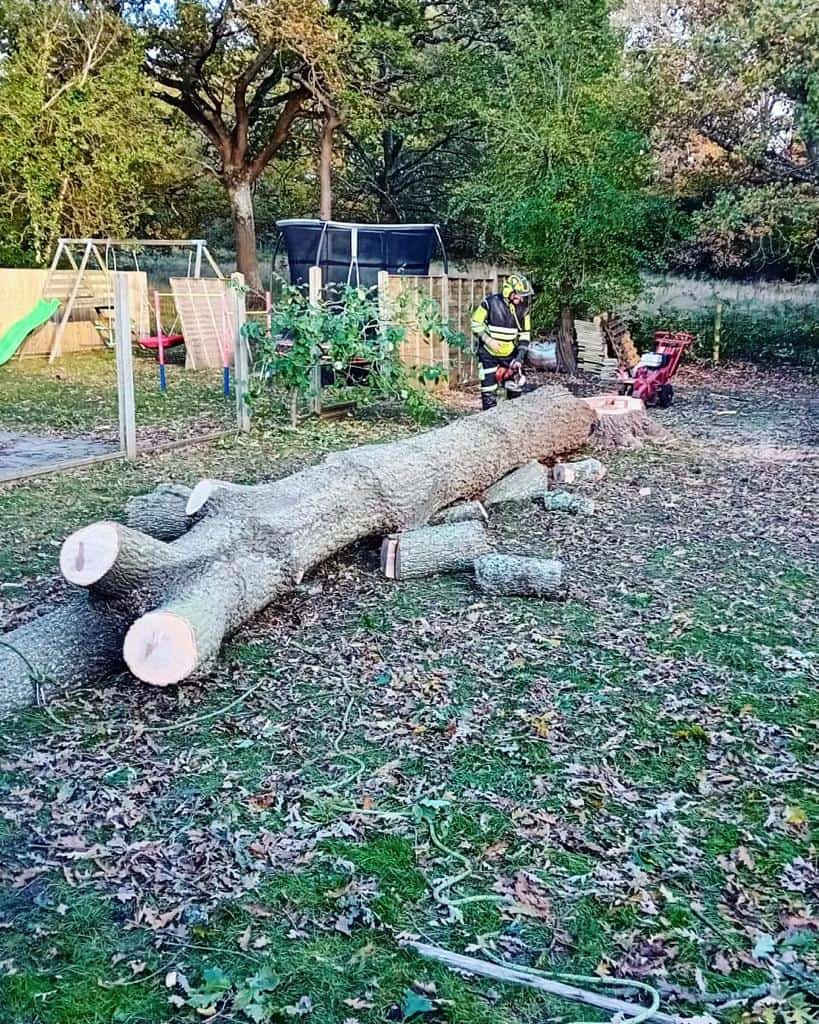Hedges are an excellent addition to any garden, offering privacy, security, and a lovely aesthetic. However, when they are overcut—especially when trimmed too much or at the wrong time—they can struggle to recover. Overcutting a hedge can damage its structure and hinder its growth, leaving it sparse, unhealthy, and unsightly. Thankfully, with the right care and attention, even an overcut hedge can be revived.
In this article, we’ll discuss how to effectively restore a hedge that has been overcut, and what steps you can take to ensure it thrives once more.
1. Assess the Extent of the Damage
Before attempting to revive an overcut hedge, it’s essential to assess the extent of the damage. Not all hedges are the same, and the level of cutting may vary from minor damage to more severe consequences. When hedges are overcut, they often lose their healthy foliage, and the cuts may extend into the older, woodier parts of the plant.
If the hedge has been severely cut back and is looking sparse or bare, the recovery may take longer, but with proper care, many species can regrow. In some cases, if the hedge has been overcut beyond recovery, it might need a full renovation or replanting.
2. Trim Back Any Dead or Damaged Growth
Once you’ve assessed the damage, the first step is to remove any dead, damaged, or diseased branches from the hedge. This will help stimulate new growth and prevent any further deterioration. Cutting back any deadwood will also allow more light to reach the remaining healthy parts of the hedge.
Be sure to use sharp, clean tools to make the cuts. Clean cuts will help prevent disease and promote quicker healing of the remaining healthy wood. Aim to cut just above the healthy, green shoots to give the plant the best chance of recovery.
3. Provide Proper Nutrition for Recovery
After overcutting, a hedge may require extra nutrients to help it recover and encourage healthy growth. Fertilising is one of the most effective ways to give your hedge the boost it needs. Use a slow-release fertiliser that’s specifically designed for hedges, shrubs, or general plant care.
Look for a fertiliser high in nitrogen, as it will promote lush, green growth. Applying fertiliser in the spring—when the hedge begins its growing season—is ideal for maximum results. Avoid over-fertilising, as this can lead to weak, leggy growth or potentially burn the roots.
4. Ensure Proper Watering
Watering is essential in helping an overcut hedge recover. In the first few weeks following the trimming, ensure the hedge receives a deep watering to encourage root growth. Overcutting can stress the plant, making it more susceptible to dehydration. During dry spells, water the hedge thoroughly to help keep it hydrated.
It’s important to water deeply rather than lightly to ensure that the moisture reaches the roots. However, be careful not to overwater, as this can lead to root rot or other issues.
5. Allow Time for Regrowth
Hedges that have been overcut need time to recover. It’s crucial to be patient and allow the hedge to grow back naturally. Depending on the species, it can take anywhere from several months to a couple of years for the hedge to fully regain its lush appearance. During this period, avoid cutting or trimming the hedge too much.
It’s also important not to force the hedge’s recovery by over-pruning or shaping it too soon. Let the plant focus its energy on growing healthy, new shoots, and give it plenty of time to heal.
6. Use Regular Maintenance to Encourage Growth
Once the hedge begins to recover, it’s important to maintain regular care to ensure it continues to thrive. Regular trimming will encourage healthy, dense growth and prevent the hedge from becoming leggy or uneven. During the recovery process, make sure to only trim the hedge lightly to avoid further stress.
Once the hedge has fully recovered, you can resume more intensive pruning and shaping to keep it neat and attractive. Regular trimming at the right time of year will also help you avoid future overcutting issues.
Conclusion: Give Your Hedge Time and Care to Revive It
Reviving an overcut hedge requires patience, proper care, and a little bit of time. By assessing the damage, trimming away dead growth, providing the right nutrients and water, and allowing the hedge to regrow naturally, you can help your hedge return to its full potential. Avoid over-pruning during the recovery process, and remember that healthy growth is the priority.
If you’re unsure how to restore your hedge or need professional help, don’t hesitate to contact LM Tree Surgery Gosport. Our team of experts can assess your hedge and provide professional services to ensure it’s well taken care of. By getting the right help, your hedge can thrive once again, offering beauty and function to your garden.
Call us on: 023 8235 3273
Click here to find out more about LM Tree Surgery Gosport
Click here to complete our contact form and see how we can help with your trees needs.

